Table of content
Introduction
Zongzi, those iconic pyramid-shaped parcels of glutinous rice wrapped in bamboo leaves, are a beloved staple of Chinese cuisine, particularly during the Dragon Boat Festival. Traditionally prepared by boiling or steaming, these sticky rice dumplings are filled with ingredients like red bean paste, salted egg yolk, or marinated pork, offering a harmonious blend of textures and flavors. However, as culinary trends evolve, home cooks and food enthusiasts often seek innovative ways to reinvent classic dishes. One question that frequently arises is: Can you pan-fry frozen zongzi to achieve a crispy exterior while maintaining their soft, aromatic interior? This article explores the feasibility, techniques, and nuances of pan-frying frozen zongzi, ensuring both safety and culinary success.
The Art of Cooking Zongzi: Traditional vs. Modern Methods
Before diving into frying techniques, it’s essential to understand the basics of zongzi preparation. These dumplings are typically made by layering seasoned glutinous rice with fillings, wrapping them in bamboo or reed leaves, and securing them with string. The cooking process usually involves boiling for several hours or steaming, which softens the rice and infuses it with the fragrance of the leaves.
Traditional Cooking Methods
- Boiling: The most common method, where zongzi are submerged in water and simmered for 2–3 hours. This ensures even cooking and a moist, tender texture.
- Steaming: A gentler approach that preserves the shape of delicate fillings, such as custard or mung bean paste.
Modern Adaptations
In recent years, home cooks have experimented with alternative cooking methods, including:
- Air-frying: A healthier option that uses hot air circulation to mimic frying with minimal oil.
- Microwaving: A quick but polarizing method that can yield uneven results.
- Pan-frying: The focus of this article, which introduces a crispy contrast to the soft rice.
The Case for Pan-Frying Frozen Zongzi
Pan-frying frozen zongzi is not a traditional practice, but it offers distinct advantages:

- Texture Contrast: Frying creates a golden, crunchy crust while keeping the interior moist.
- Convenience: Skipping the thawing process saves time, making it ideal for busy cooks.
- Flavor Enhancement: The Maillard reaction during frying caramelizes the rice, intensifying its nutty, savory notes.
However, challenges exist. Frozen zongzi are dense and require careful cooking to ensure the center heats thoroughly without burning the exterior.
Step-by-Step Guide to Pan-Frying Frozen Zongzi
Preparation
- Selecting Zongzi: Opt for smaller, uniformly sized dumplings to ensure even cooking. Larger varieties may require longer frying times.
- Thawing (Optional): While possible to fry from frozen, thawing in the refrigerator overnight yields more consistent results. If frying directly from frozen, add 5–7 minutes to the cooking time.
- Equipment: Use a heavy-bottomed skillet or non-stick pan to distribute heat evenly. A splatter screen is advisable to contain oil splatters.
Frying Technique
- Oil Selection: Choose a neutral oil with a high smoke point, such as vegetable or peanut oil. Avoid olive oil, which burns at high temperatures.
- Heating the Pan: Preheat the oil over medium heat. Overly high temperatures will scorch the exterior before the interior thaws.
- Cooking Process:
- Initial Frying: Place the frozen zongzi in the pan, ensuring they are not overcrowded. Fry for 8–10 minutes, turning occasionally to brown all sides.
- Steaming Phase: Add 2–3 tablespoons of water to the pan and cover immediately. The steam will help thaw and cook the interior.
- Final Crisping: Remove the lid, increase the heat slightly, and fry for an additional 5–7 minutes until the exterior is golden and crisp.
Safety Precautions
- Internal Temperature: Use a food thermometer to ensure the center reaches 165°F (74°C), killing any bacteria.
- Avoid Bursting: Gently pierce the zongzi with a toothpick before frying to release steam and prevent splattering.
Pros and Cons of Pan-Frying Frozen Zongzi
Advantages
- Time Efficiency: Eliminates the need for thawing or lengthy boiling.
- Texture Versatility: Offers a crispy alternative to the traditional soft texture.
- Flavor Depth: The frying process enhances the rice’s natural sweetness and umami.
Disadvantages
- Risk of Uneven Cooking: Frozen zongzi may develop a burnt exterior if not monitored closely.
- Oil Splatter: The process can be messy without proper precautions.
- Texture Variability: Overcooking may result in a tough, dry interior.
Texture and Flavor: A Comparative Analysis
Exterior
- Fried: Crispy, golden-brown crust with a slight caramelized aroma.
- Boiled/Steamed: Soft, glossy surface with a subtle leaf fragrance.
Interior
- Fried: Retains moisture but gains a chewier texture due to partial dehydration during frying.
- Boiled/Steamed: Uniformly tender and sticky.
Flavor Profile
- Fried: Enhanced nutty flavors from the Maillard reaction, complementing savory fillings like pork or mushrooms.
- Boiled/Steamed: Milder, cleaner taste that highlights the rice’s natural sweetness.
Creative Adaptations and Pairings
Dipping Sauces
- Savory: Soy sauce mixed with chili oil, vinegar, and minced garlic.
- Sweet: Honey drizzled over fried zongzi with a sprinkle of sesame seeds.
Fusion Recipes
- Zongzi Tacos: Slice fried zongzi into strips and serve in warm tortillas with pickled vegetables.
- Breakfast Hash: Crumble fried zongzi into a skillet with eggs, vegetables, and soy sauce.
Dessert Twists
- Caramelized Zongzi: Toss fried sweet zongzi in a mixture of brown sugar and butter for a decadent treat.
- Ice Cream Topping: Serve warm, crispy zongzi chunks over vanilla ice cream.
Troubleshooting Common Issues
-
Soggy Exterior:
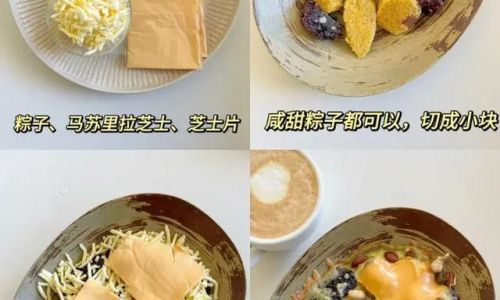
- Cause: Insufficient frying time or excess moisture.
- Fix: Increase heat during the final crisping phase and pat dry zongzi before frying.
-
Uneven Cooking:
- Cause: Overcrowding the pan or inconsistent heat.
- Fix: Fry in batches and rotate zongzi frequently.
-
Burst Leaves:
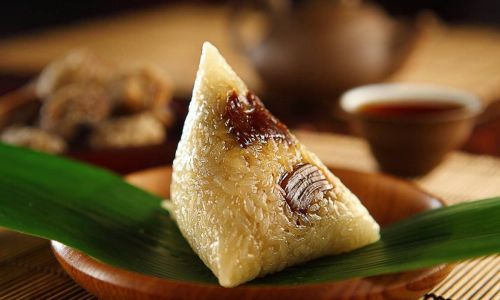
- Cause: Rapid temperature changes.
- Fix: Thaw gradually or use low heat initially.
Environmental and Health Considerations
While pan-frying adds indulgence, it’s worth noting:
- Oil Usage: Opt for reusable oils and avoid single-use packaging.
- Air-Frying Alternative: For a lighter option, air-fry at 375°F (190°C) for 15–20 minutes, brushing with oil for crispiness.
Conclusion: Embracing Innovation While Honoring Tradition
Pan-frying frozen zongzi is a testament to the adaptability of traditional dishes in modern kitchens. While it deviates from centuries-old methods, this technique offers a delightful contrast of textures and flavors that can revitalize the humble zongzi. By adhering to proper safety protocols, mastering the frying process, and experimenting with creative pairings, home cooks can elevate this festive treat into a year-round delight. Whether you prefer the nostalgia of steamed zongzi or the crunch of a pan-fried version, the key lies in balancing respect for tradition with the joy of culinary exploration. So, the next time you gaze upon a frozen zongzi, don’t hesitate to fire up the skillet—crispy perfection awaits.
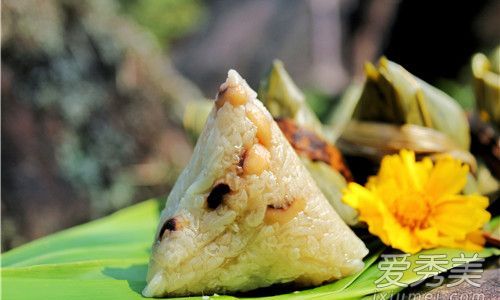

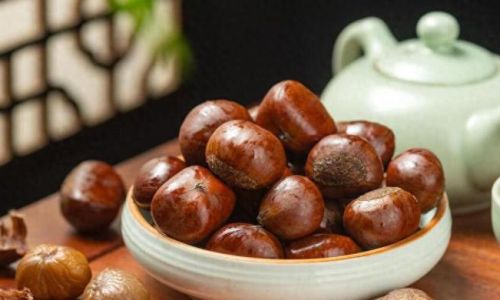
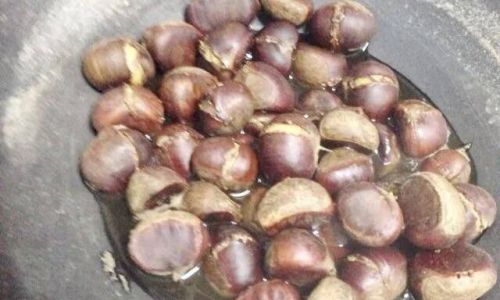
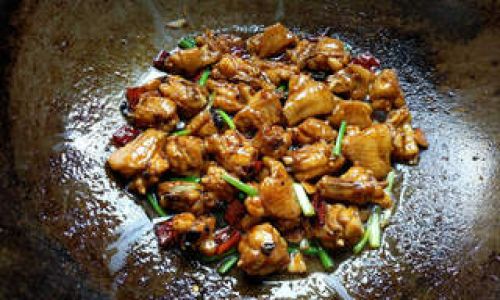
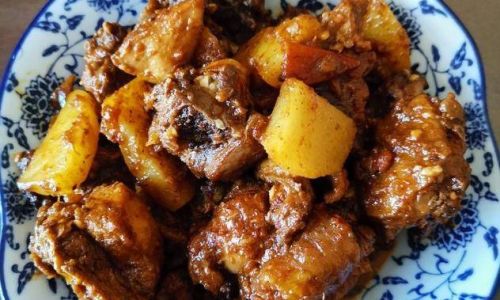

0 comments